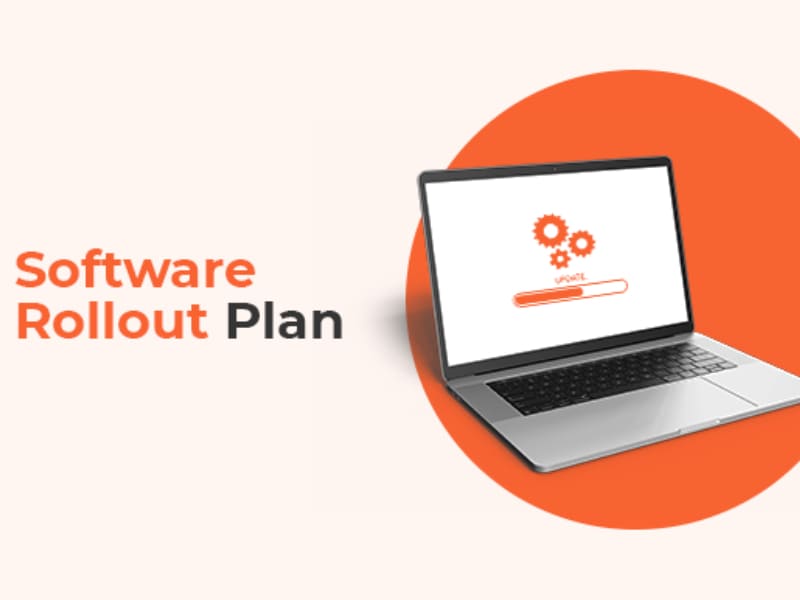Any person who has ever worked on a project involving setting up a new software can vouch that it is the most challenging job. Why? There are so many things that can go wrong and do go wrong that most projects miss their deadlines, suffer cost overruns, and can cost the project team their job.
Even a successful rollout does not guarantee success because the organization may later find out that the software does not meet the organizational requirements. It is not wrong to say that IT project managers have the toughest job. On top of it all, they must manage the interests of various stakeholders.
Does it mean that no software rollout project is successful? No. The success depends on the quality of the software rollout plan. If this plan is poorly drafted, the project will fail. Regardless of your organizational size or industry, we recommend that you hire an IT outsourcing company. Why?
Benefits of Hiring an IT Outsourcing Company
IT outsourcing companies in Pakistan and elsewhere have considerable experience handling complex IT projects across different industries. It has allowed them to develop specialized skills and refine their processes so that no software project seems challenging for them.
Another benefit is the cost. The costs are high if you use an in-house team to roll out the new software. You may even need to hire specialist resources. Recruitment, onboarding, and training are costly exercises. If you use an IT outsourcing company, you don’t need to worry about such things. Pay for the project and nothing else.
Designing a Software Rollout Plan
1. Establish a Clear Objective
The first step is to establish clear project objectives. The top management knows why they are opting for the new software, but what about the lower-level employees? Do they have the necessary information? An IT outsourcing company will develop a comprehensive document that provides an overview of the project and its objectives. It is the organization’s responsibility to share them with the employees and secure their support. Some IT outsourcing companies in Pakistan and elsewhere also engage employees on the organization’s behalf.
2. Identify Roadblocks
After establishing the objective(s), the next step is to identify roadblocks. For example, what could hamper the project or derail it? The most likely causes of project failure are employee resistance, lack of management support, resource contention, poor communication, unrealistic expectations, and frequent change requests. The IT specialist company will identify the roadblocks based on their research and input from the key stakeholders. Once the issues are identified, it will propose solutions to resolve them.
3. Identify User Needs
Once the roadblocks are removed, it is time to identify the user’s needs. The organization must study the end-user and assess how the software will fulfill these needs. The best IT rollout and deployment companies in Pakistan will research user needs comprehensively. They may recommend an alternative software if their research shows that it can better meet user needs than the proposed software.
4. Communicate
More than 90% of a project manager’s time is spent on communication. Ensure that the software rollout project is no different. The project team must communicate regularly with the stakeholders to ensure their continued support. If a stakeholder does not get timely updates, they may think that their interests are being compromised and can start opposing the project.
5. Select a Champion Team
The implementing company must select a champion team from the organization where the software is being rolled out. The champion team will create the necessary support for the project within the organization and convince the skeptics to support it. The champion team must include individuals who enjoy influence.
6. Create Project Documentation
Do not ignore project documentation. The IT outsourcing company must create the necessary documents, update them as required, and share them with the organization. These documents can be useful to the organization when implementing new projects in the future.
7. Test
This is time to test the software. Run a pilot program to ensure that the software works as intended. This is the best time to identify and fix issues.
8. Train the User
After fixing the issues (if any), train the end-users.
9. Remove Obsolete Software
Unfortunately, people fall back to their old habits quickly. They may stop using the new software in favor of the old one as they are familiar with it. Therefore, remove any traces of the old software.
10. Feedback
The last step is obtaining end-user feedback and incorporating it into the software. It ensures that the software meets its requirements.
Conclusion
The above tips will help organizations of all shapes and sizes roll out new software easily and successfully. Otherwise, IT projects can quickly derail and end in failure, resulting in considerable losses.








